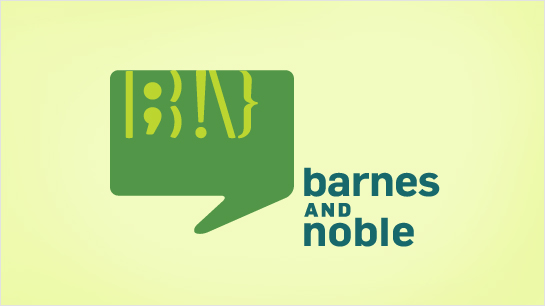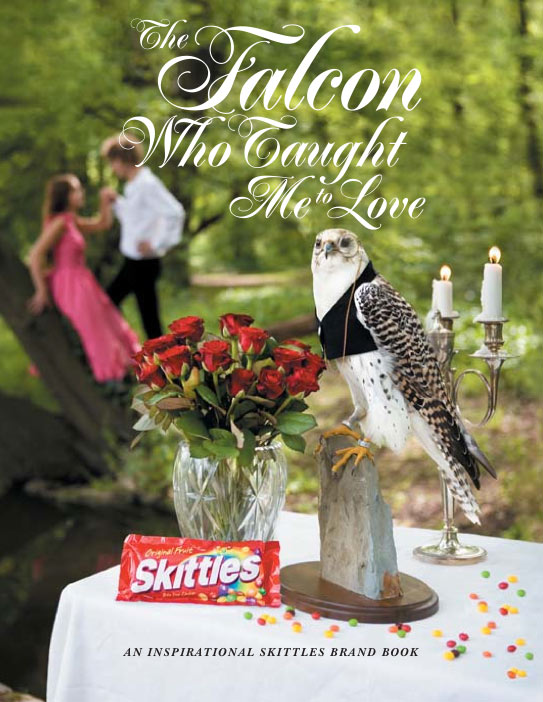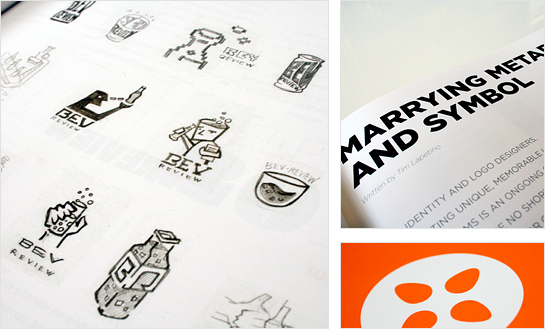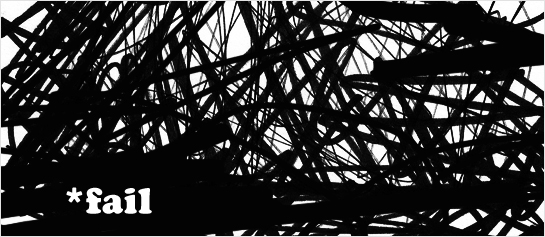These are short musings we’ve had on topics related to what we’re doing at Hexanine, in life, and beyond.
Lawyer Up and Lose
Scorching the landscape with C&Ds rarely wins you friends and probably hurts your brand image in the long run. Now that social media is maturing, we might even be able to measure how bad legal eagle actions affect the buzz around your organization. Maybe there’s a legal need to protect brand assets and preserve future profitability, but that needs to be weighed against the financial damage that turning brand fans into enemies can cause.








